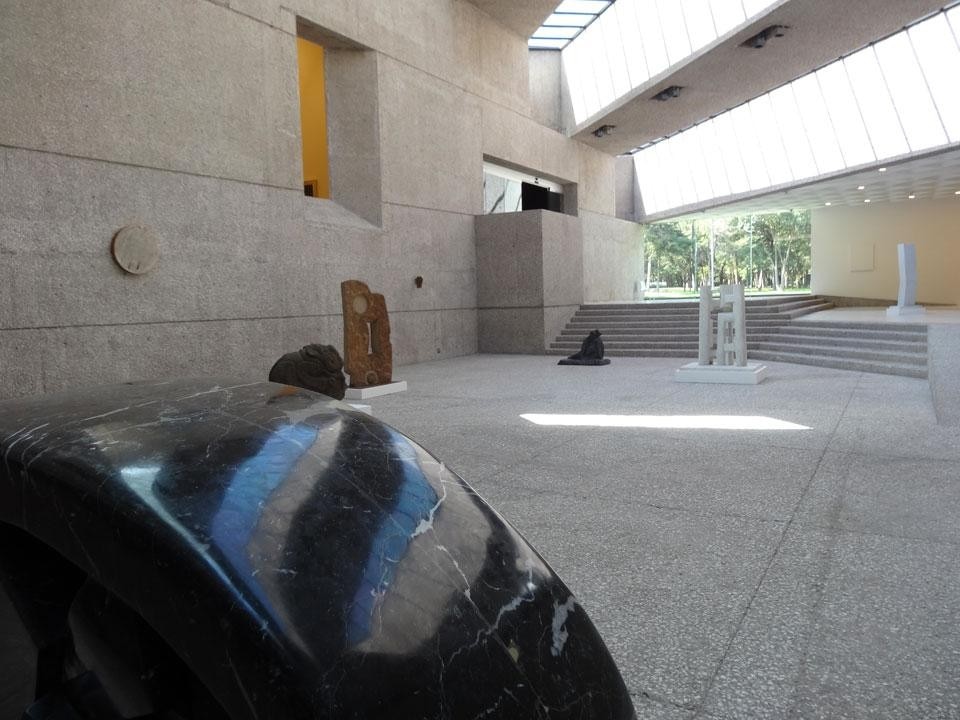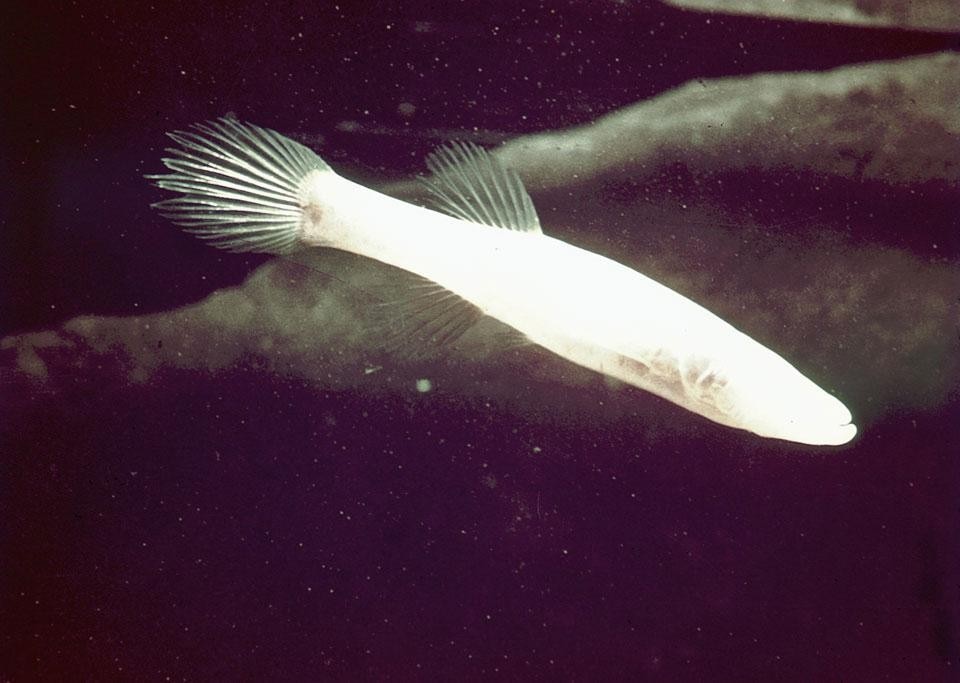The diverse references linked together by the different elements of this work defy any excessively anthropocentric or hierarchical classification of the information they convey. Natural and cultural phenomena that are shielded from view take on particular relevance, with their subterranean, inaccessible, mythical or ignored nature possibly enabling useless classifications to be broken down between reality and fantasy, which in this case are of equal significance in the process of understanding and creating the world. However, just because they cannot be categorised does not mean they do not have a materiality of their own, which underpins the various elements of this project. The subterranean world, to which people have had relatively little access, but which has inspired narratives in literary, scientific, religious and science fiction, provides several of the material and conceptual elements that serve as a basis for understanding this work. For example, its depth, in my point of view, is not comparable with an idea of ontological or spiritual arrogance, but instead underlies a visceral sensation of voluntary blindness allowing access to other ways of understanding the material world.
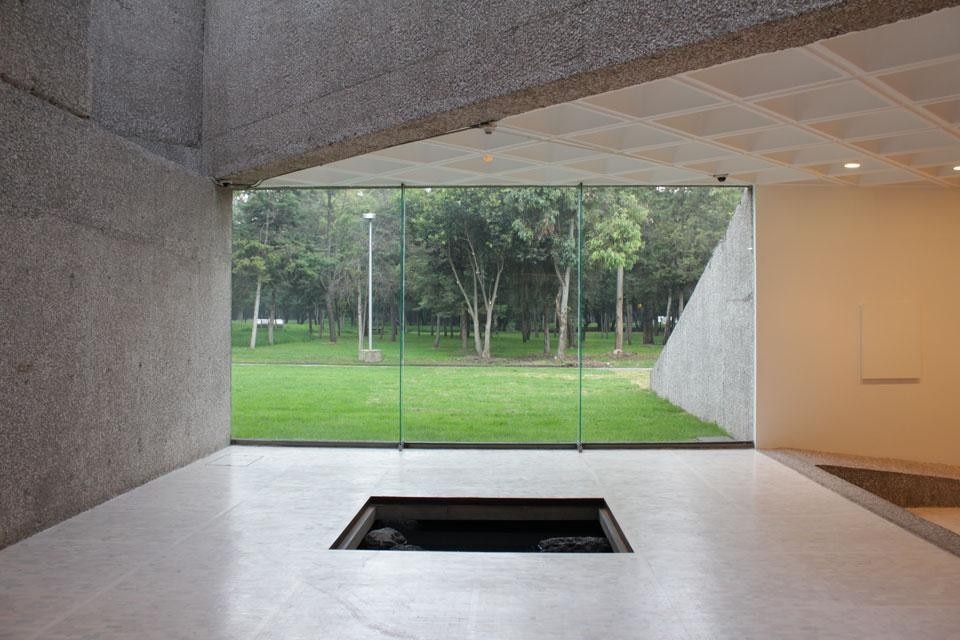
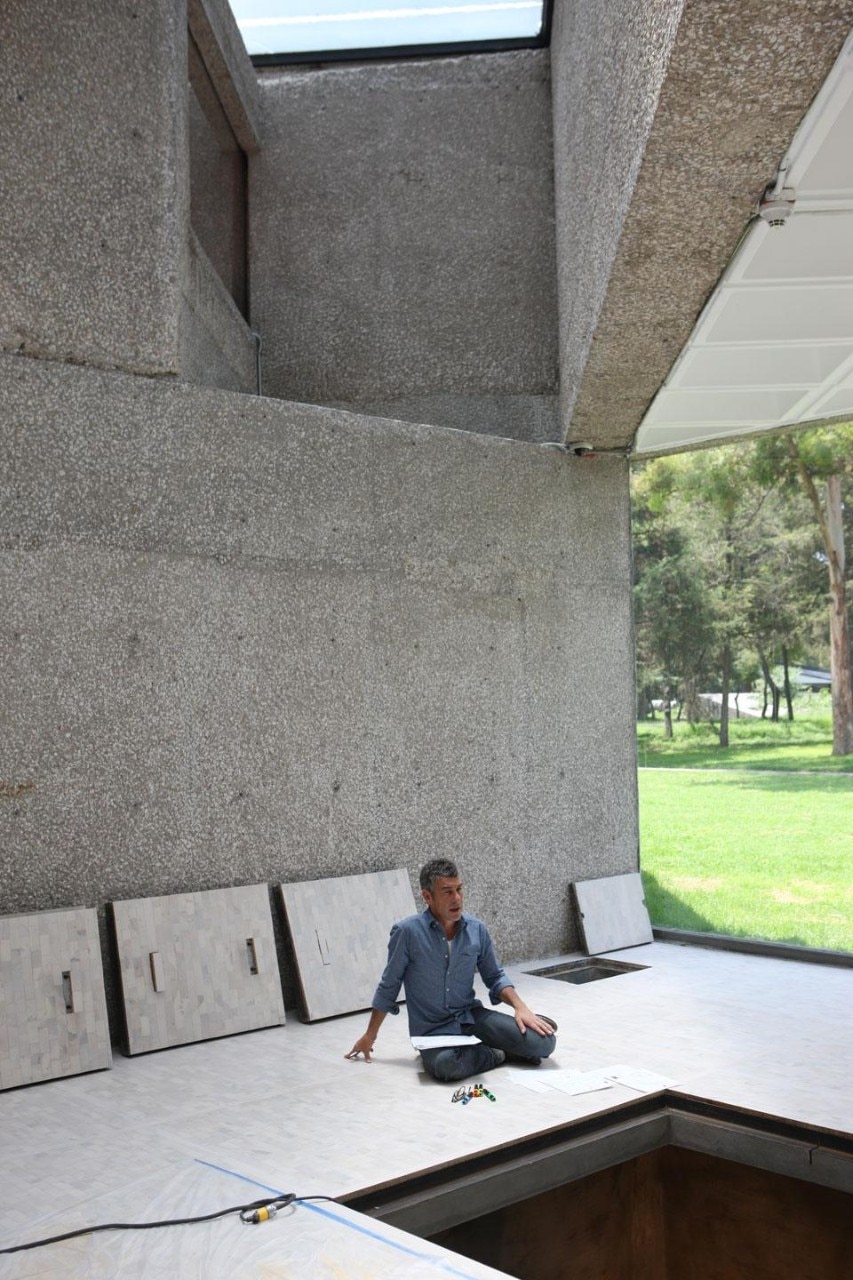
El día del ojo could fall into two common but also loaded categories of contemporary art: site-specificity and participation. However, the way in which it operates goes far beyond the most simplistic definitions of both of these terms. Its site-specificity consists of the interweaving of personal experience, the materiality of the building and its institutional history and character
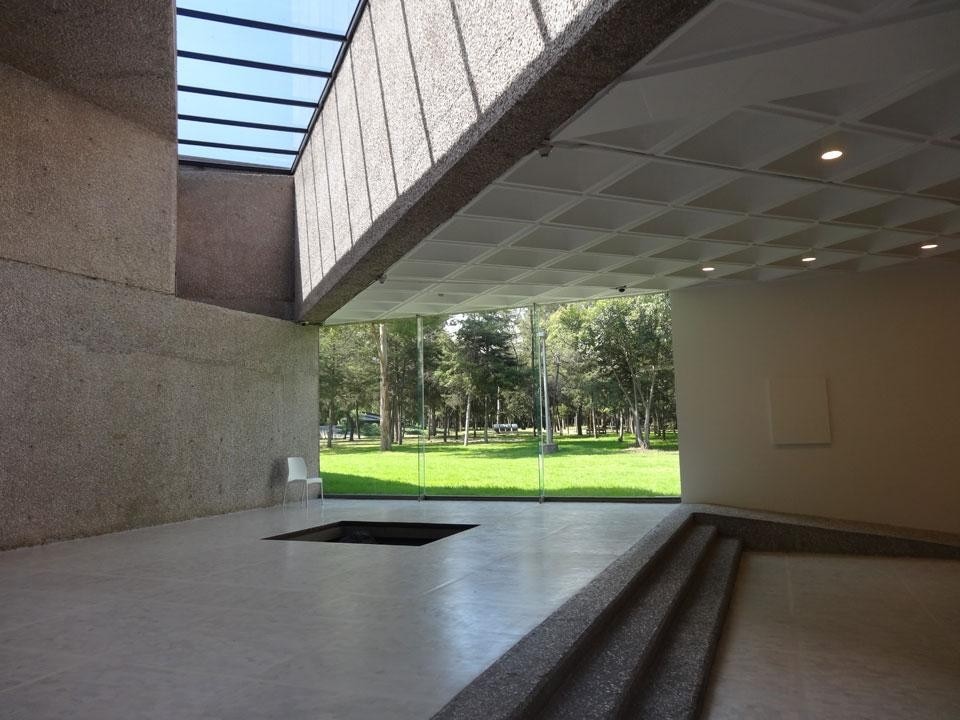
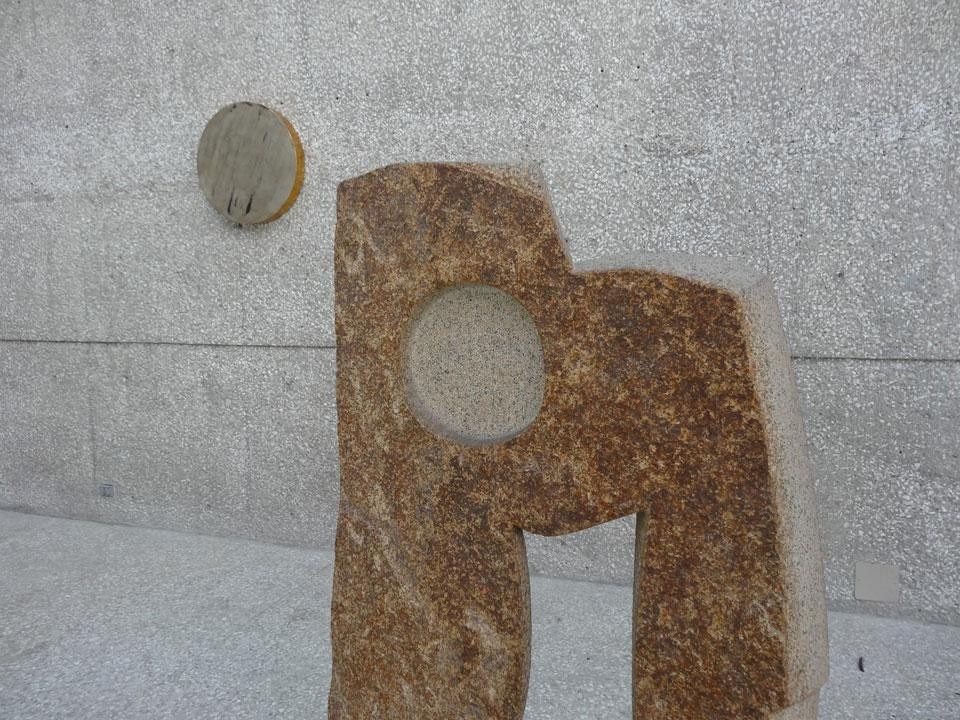
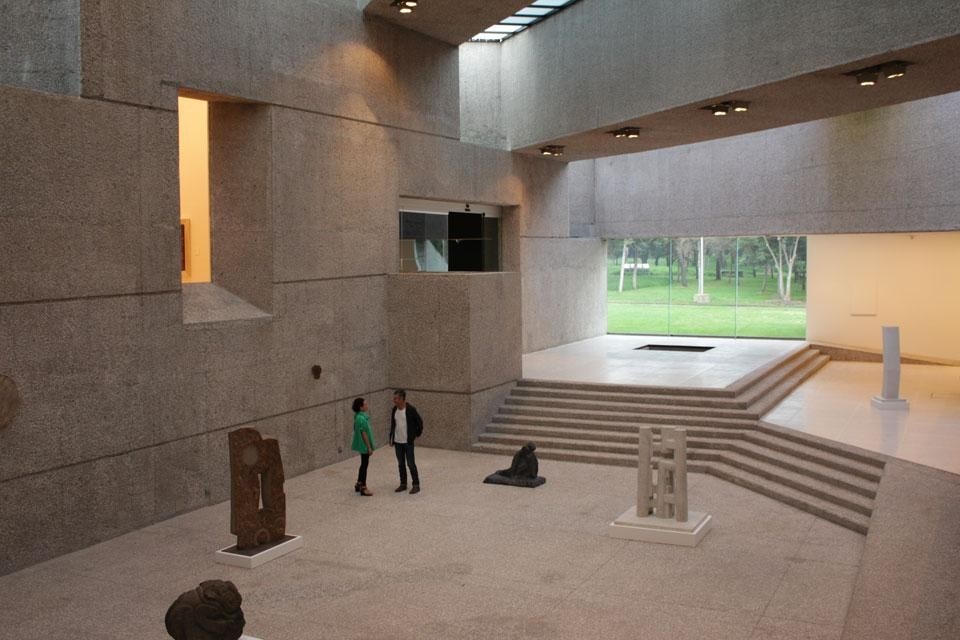
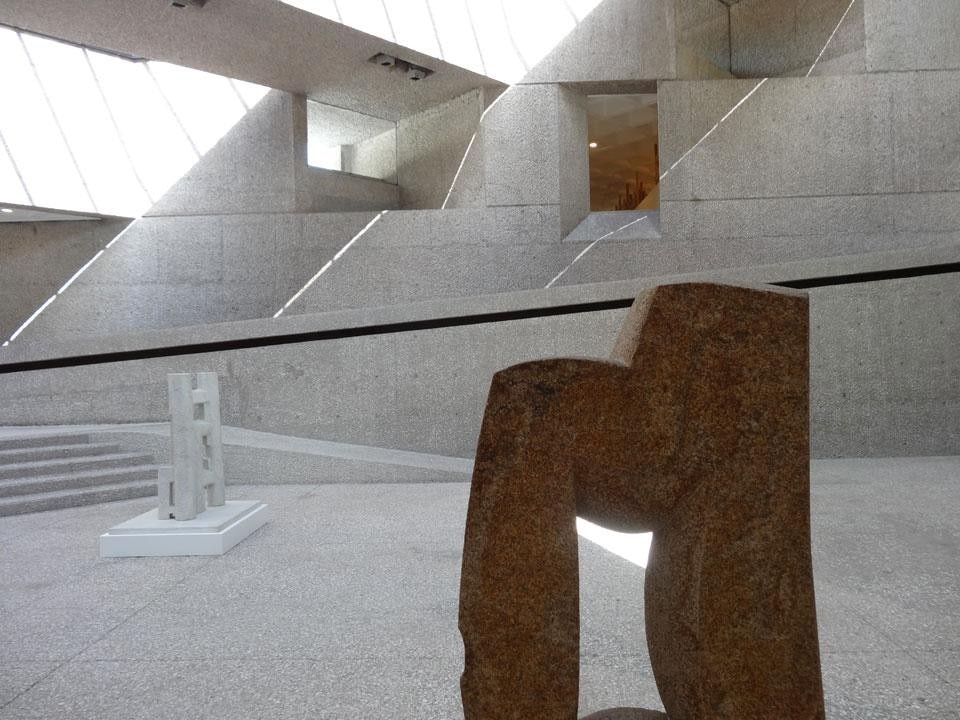
1. In art21, speaking about his exhibition Celebration Park, Huyghe said: "What I mean by [the word] celebration is that it's something you participate in (…) when you celebrate, you're not so much observing outside the world, you're participating in this world".
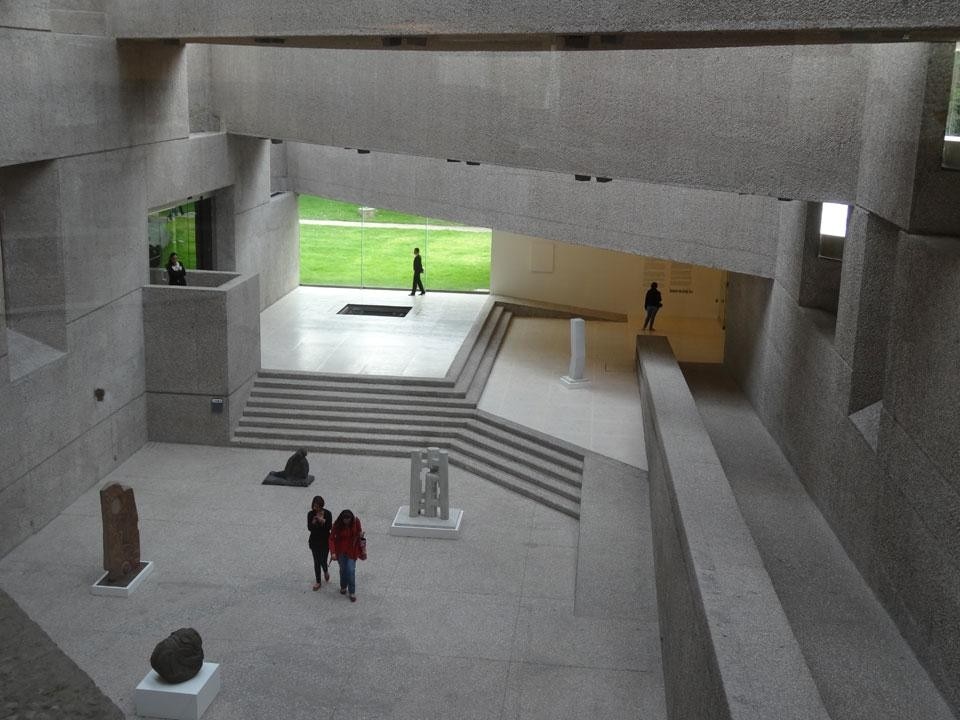
Pierre Huyghe: El día del ojo
Museo Tamayo
Mexico City, Mexico
